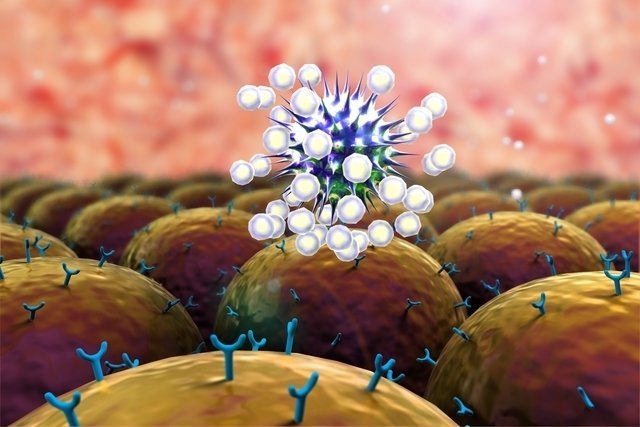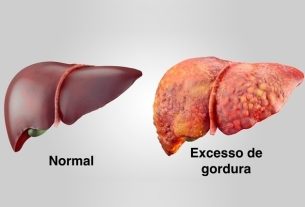The rubella IgG test is a serological test carried out with the aim of checking whether the person has immunity against the rubella virus or whether they are infected by this virus.
This test is mainly requested during pregnancy, as part of prenatal care, and is normally accompanied by IgM measurement for rubella, as this makes it possible to know whether there is in fact a recent or old infection or immunity.
Although it is normally indicated in prenatal care due to the risk of a woman passing the virus to her baby during pregnancy if she is infected, the rubella IgG test can be requested for everyone, especially if they present any signs or symptoms indicative of rubella as a high fever, headache and red spots on the skin that are very itchy. Know how to identify rubella symptoms.

What does reagent IgG mean?
When the exam is indicated IgG reagent for rubella it means that the person has antibodies against the virus, which is probably due to the rubella vaccine, which is part of the vaccination schedule and the first dose is recommended at 12 months of age.
Reference values for rubella IgG may vary depending on the laboratory, however, in general, the values are:
- Non-reactive or negativewhen the value is less than 10 IU/mL;
- Undeterminedwhen the value is between 10 and 15 IU/mL;
- Reactive or positivewhen the value is greater than 15 IU/mL.
Although in most cases IgG reactive rubella is due to vaccination, this value may also be reactive due to recent or old infection and, therefore, it is important that other tests are carried out to confirm the result.
How the exam is carried out
The IgG test for rubella is simple and does not require any preparation, it is only recommended that the person goes to the laboratory to collect a blood sample that is then sent for analysis.
The sample is analyzed using serological techniques to identify the amount of IgG antibodies circulating in the blood, making it possible to know whether there is a recent or old infection or immunity.
In addition to the IgG test, the IgM antibody against rubella is also measured so that it is possible to check the person’s immunity against this virus. Therefore, the possible results of the exam are:
- Reactive IgG and non-reactive IgM: indicates that there are antibodies circulating in the body against the rubella virus that were produced as a result of vaccination or previous infection;
- Reactive IgG and reactive IgM: indicates that there is a recent active infection;
- Non-reactive IgG and non-reactive IgM: indicates that the person has never come into contact with the virus;
- Non-reactive IgG and reactive IgM: indicates that the person has or has had an acute infection a few days ago.
IgG and IgM are antibodies naturally produced by the body as a consequence of an infection, being specific for the infectious agent. In the first phase of infection, IgM levels increase and, therefore, it is considered an acute marker of infection.
As the disease develops, there is an increase in the amount of IgG in the blood, in addition to remaining circulating even after fighting the infection and, therefore, it is considered a memory marker. IgG levels also increase with vaccination, providing protection to the person against the virus over time. Understand better how IgG and IgM work
Bibliography
- CDC. Rubella. Available at: <https://www.cdc.gov/vaccines/pubs/pinkbook/downloads/rubella.pdf>. Accessed on November 13, 2020
- ECHO DIAGNOSIS. Rubella IgG/IgM ECHO Test – TR.0028. 2018. Available at: <http://ecodiagnostica.com.br/wp-content/uploads/2018/05/Bula-Rubeola_IgG-IgM-TR.0028.pdf>. Accessed on November 13, 2020

Sign up for our newsletter and stay up to date with exclusive news
that can transform your routine!
Warning: Undefined array key "title" in /home/storelat/public_html/wp-content/plugins/link-whisper-premium/templates/frontend/related-posts.php on line 12
Warning: Undefined array key "title_tag" in /home/storelat/public_html/wp-content/plugins/link-whisper-premium/templates/frontend/related-posts.php on line 13




